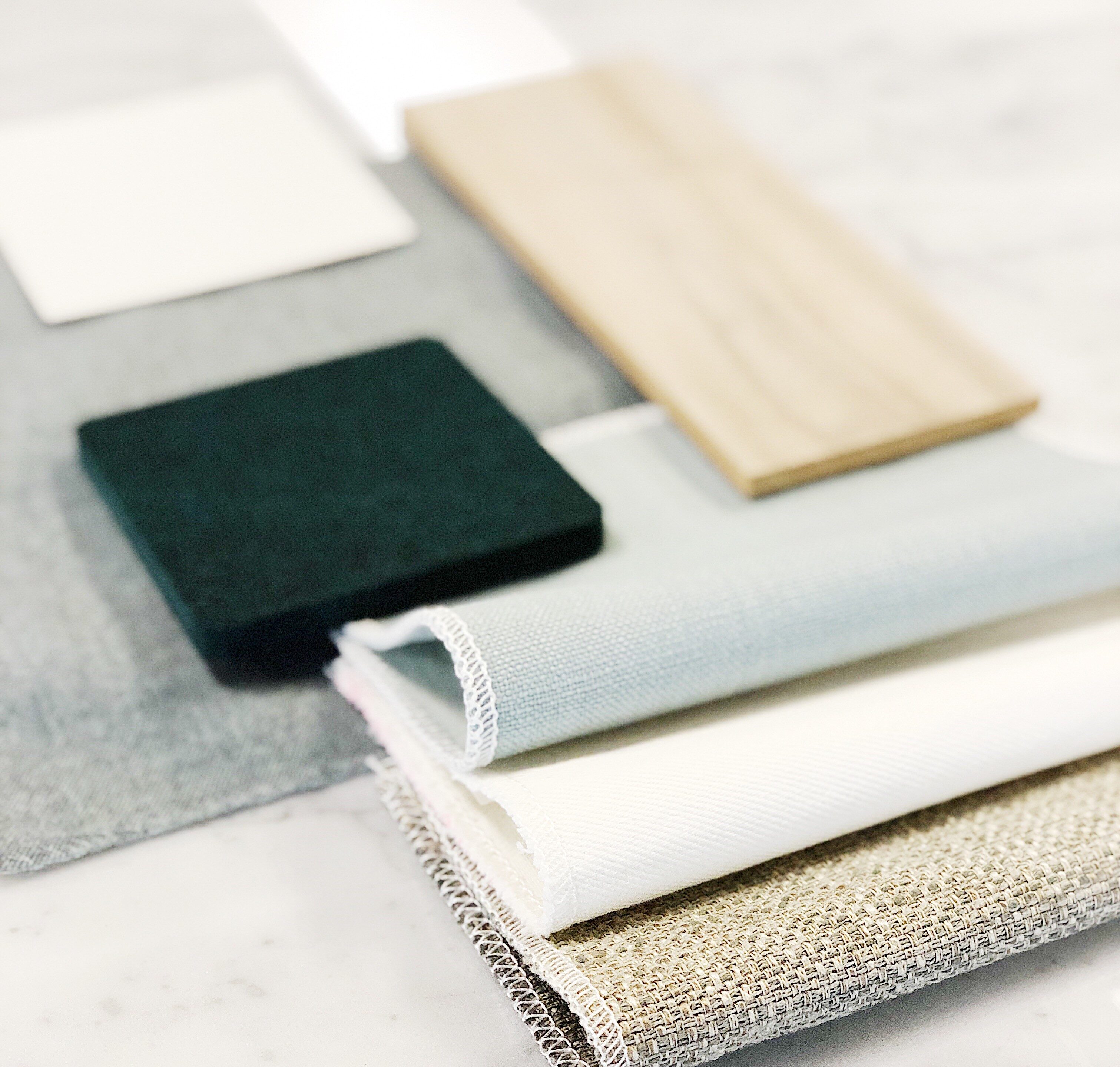
Discovering Materials Suitable for COVID-19
In this time of COVID-19, businesses are particularly focused on the health of employees and their customers. It is therefore natural that the question of a suitable and secure work environment arise. What materials should be used to limit the spread of the virus and facilitate cleaning of furniture?
Since the deconfinement began, companies have been looking for the best solutions to keep their employees safe and offer them suitable furniture. In addition to the plexiglass separation panels to limit the spread of viral particles transmitted by coughing and sneezing, it is also necessary to think about materials that are adapted to the situation. Are there any COVID-19 materials, that is, materials thought to prevent the spread of the virus?
How Long Does COVID-19 Survive on Surfaces?
With the COVID-19 epidemic being fairly recent, it is difficult to have concrete data on the lifespan of the virus in the air and on surfaces. However, be aware that the virus can remain on certain surfaces. According to the Quebec government website, recent experimental data indicated that the virus could be present for up to 4 hours on copper, 24 hours on cardboard, 48 hours on stainless steel and up to 3 days on plastic.
Hence the importance of knowing which materials are used in office furniture and which disinfectants can be applied for safe cleaning.
Are Antimicrobial Fabrics Effective in Killing the Virus?
A lot of office furniture (such as armchairs, waiting room benches, and some chairs) are coated with antimicrobial fabrics to prevent the spread of bacteria and mold. This is a good way to keep furniture clean over time, but it will not stop the spread of COVID-19, which is a virus.
Unlike viruses, bacteria are living microorganisms made up of a cell without a nucleus. They can reproduce by cell division. Viruses are microscopic infectious agents surrounded by a protective envelope (that of COVID-19 is easily destroyed with soap, hence the importance of washing your hands well) and which can only reproduce within host cells.
Antimicrobial fabrics will not be effective enough against the spread of COVID-19. This is why it is advisable to focus instead on materials and finishes that are easily washable and disinfectable, in order to maintain a clean workspace.
How to Limit the Spread of COVID-19 in your Workspace?
According to Health Canada recommendations, it is recommended to frequently disinfect the surfaces most touched by employees and customers, that is to say: door handles, handrails, switches, drawers and cabinet handles. , tables and electronic devices.
Fortunately, COVID-19 is an easy virus to kill (since soap helps dissolve the membrane that surrounds the virus) and Clorox-type disinfectant wipes can disinfect many materials, such as:
• glass
• aluminum
• wood veneer
• painted and powder coated plywood (medium density fibreboard)
• laminate – High pressure (HPL) and Low pressure (LPL)

Which Coverings are Best during COVID-19?
However, some coverings are more difficult to clean, such as fabrics and leather. We often worry about damaging them or leaving stains on them. In this case, it may be useful to inquire about the properties of these materials and consult the supplier’s cleaning advice.
That said, there are several finishes to turn to if you want materials that are easily washable during COVID-19. To facilitate cleaning, use smooth, non-porous materials, such as:
• Glass: it is very easy to disinfect glass using the usual products (disinfectant wipes, sprays). But for an ultra transparent finish, it is advisable to finish cleaning with soap and lukewarm water, before drying with a soft cloth.
Melamine: the wooden panels covered with a layer of resin are easy to clean. And this material is even safer thanks to the new application of FUZE laser edge banding, by Groupe Lacasse. Furniture sealers are more resistant to humidity.

How to Choose the Right COVID-19 Materials?
Since the onset of the pandemic, many textile and furniture suppliers have chosen to attend to their customers’ questions regarding hygiene and cleaning measures for their materials.
For example, Momentum Textiles have updated their fabric finder with a special COVID-19 filter. It is now possible to choose your textiles according to the anti-COVID cleaner chosen: disinfectant Accel, Clorox, Lysol, Oxivir, or even bleach. For each fabric, the cleaning method is explained, not to mention rinsing with water to avoid stains and residue.
Likewise, Teknion has set up a resource of maintenance tips for all of their finishing materials. Paint, wood, etched glass, plastic, leather and textiles each have their own instructions for effective cleaning without damage.
”L’Institut national de santé publique du Québec ” has also published a web page listing the cleaning and disinfecting methods to remember.
Despite all this advice, it is important to remain cautious about the virus: choosing materials that are easily cleanable is a good way to prevent the spread, but it does not 100% prevent the spread of COVID-19. To provide the best possible working environment for your employees, it is important to respect protocols in place and watch for the appearance of any symptoms.
In summary, providing a safe working environment for your employees is quite achievable, as long as you know how to disinfect your office furniture properly. Do you have questions about your existing office furniture materials? Do you want to update your workspace by focusing on materials resistant to COVID-19? Consult the Focus Group experts.
